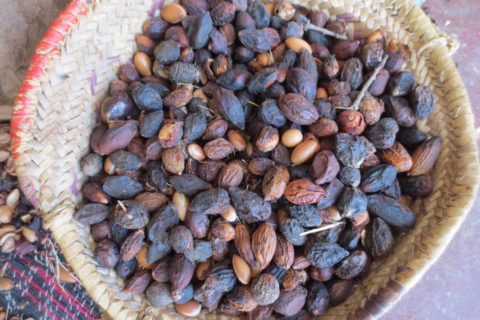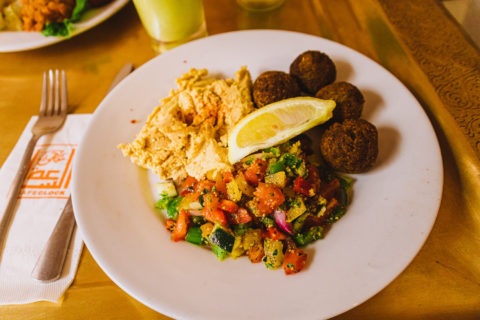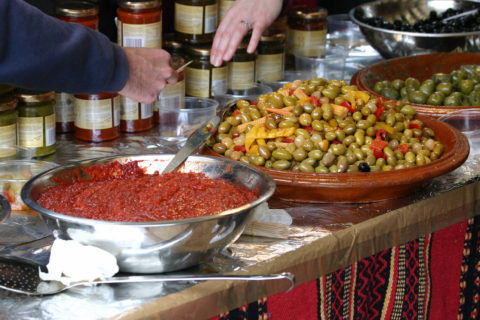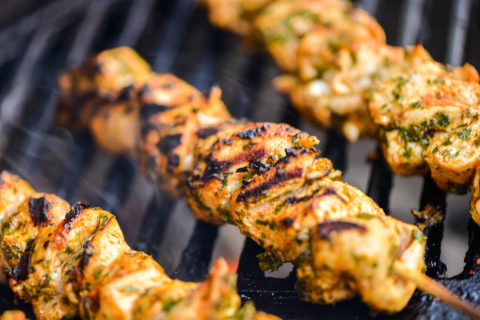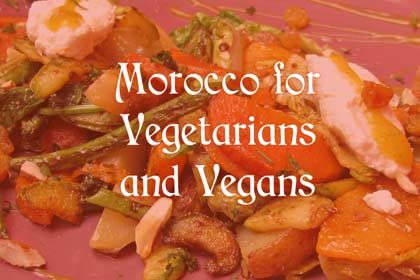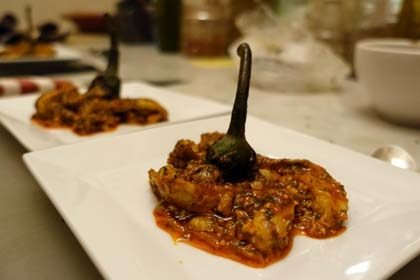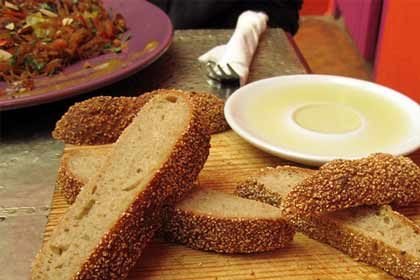Ras el Hanout is the heart of North African cuisine—a mysterious spice blend that captivates every palate with its fragrant aroma and rich layers of flavor. In this article, you’ll discover the meaning behind the name, why each blend is one of a kind, and how to enjoy this culinary treasure best.
Contents
What is Ras el Hanout?
Ras el Hanout is a traditional North African spice blend, especially popular in Morocco, Algeria, and Tunisia. Among spice merchants, it’s considered the ultimate signature blend, a symbol of the richness and sophistication of North African cooking.
The meaning behind the name
Ras el Hanout is an Arabic term that literally means “head of the shop”. It refers to the finest and most luxurious spices a merchant has to offer—a blend representing the best of their collection. Each blend is like a business card and often a closely guarded secret.
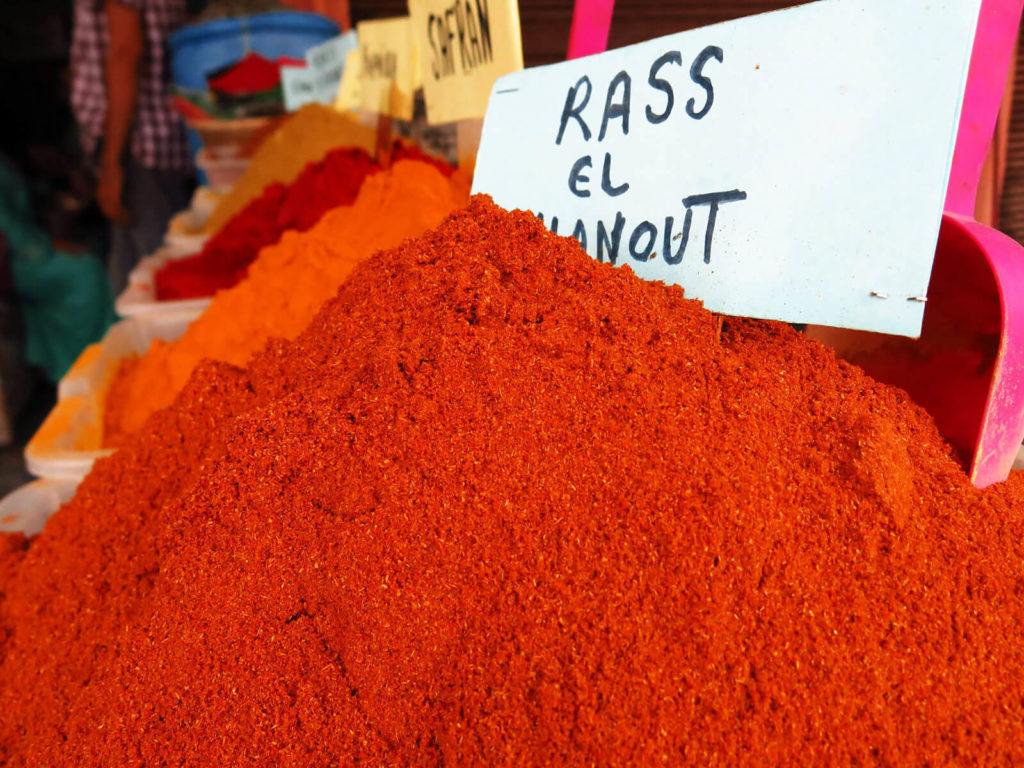
Origin and tradition
The history of Ras el Hanout dates back centuries. Originally, spice merchants created custom blends for each customer, often based on old family recipes. Even today, there is no standard formula. Every family, merchant, and region has its own version. This is what makes this spice blend so exciting and unique.
What’s in Ras el Hanout?
The variety of ingredients in Ras el Hanout is legendary. Some blends include 10 spices, others up to 34. While no two mixes are exactly alike, you can always recognize Ras el Hanout by its complex aroma and deep flavor.
Common and exotic ingredients
Ras el Hanout may contain up to 34 different spices. The most common ingredients include:
- Cardamom
- Nutmeg
- Cinnamon
- Ginger
- Black pepper
- Turmeric
- Cloves
- Allspice
- Coriander
- Cumin
- Chili
- Rose petals
- Galangal
- Fennel
- Anise
Some blends even include rare ingredients like dried lavender blossoms or grains of paradise.
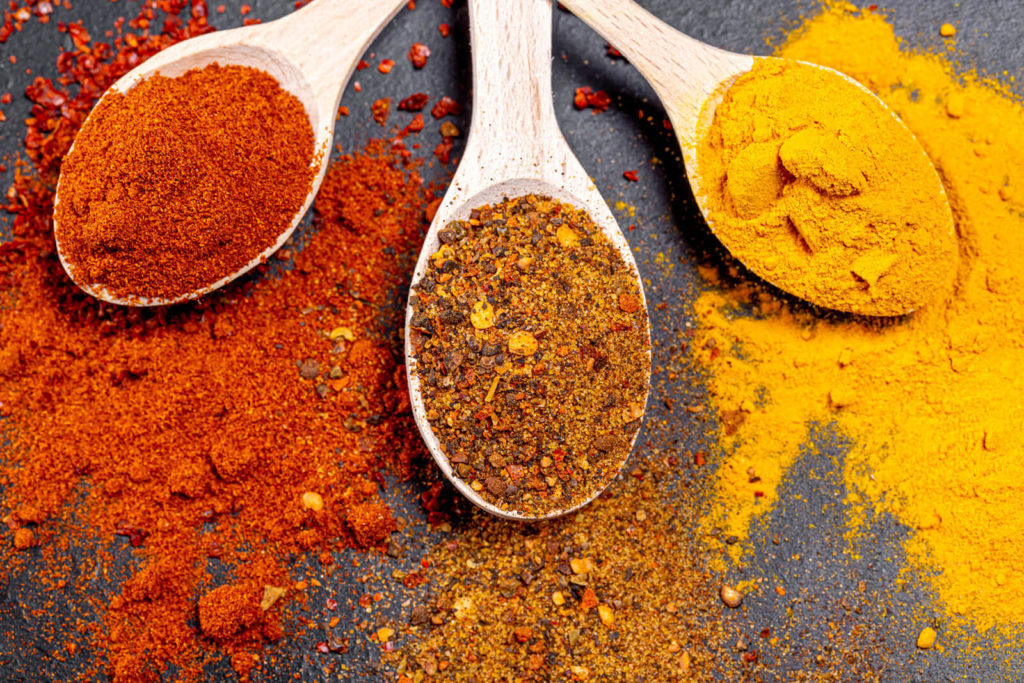
Flavor of Ras es Hanout
Ras el Hanout has a sweet-spicy flavor, which is sometimes slightly hot, with floral and earthy undertones. It adds incredible depth and a touch of exotic flair to any dish without overpowering it.
Ras el Hanout vs. Harissa – What’s the difference?
Unlike Harissa, a fiery chili paste most common in Tunisia, Ras el Hanout is a dry, mild, and multi-layered blend. While Harissa adds heat, Ras el Hanout focuses on balance and complexity. Both are essential to North African cuisine, but they serve different purposes.
How to use Ras el Hanout in your cooking
Ras el Hanout is an essential part of Moroccan, Algerian, and Tunisian cooking. It’s perfect for:
- Couscous
- Tagines
- Lamb dishes
- Stews and braises
- Rice and grain-based meals
You can also use it in:
- Vegetable stir-fries
Soups and dips - Egg dishes
- Fish and seafood
- Grilled meats
- Roasted potatoes
Tips for cooking with Ras el Hanout
Ras el Hanout is quite intense, so a little goes a long way. Usually, ½ to 1 teaspoon is enough for four servings. Add it near the end of the cooking process to preserve its aroma, unless you prefer a deeper flavor, in which case you can gently toast it at the beginning.
Where to buy Ras el Hanout
To ensure the highest quality, look for Ras el Hanout at North African or Middle Eastern grocery stores. Alternatively, you can purchase it from a trusted online spice shop. Supermarket blends tend to be less aromatic. For the best experience, choose small-batch or specialty blends from expert spice dealers.
Make your own Ras el Hanout
Here’s a simple homemade version that makes about 60 ml (roughly 4 tablespoons).
Ingredients
- 1 tsp cumin seeds
- 1 tsp coriander seeds
- 1 tsp cinnamon
- 1 tsp ground ginger
- 1 tsp turmeric
- 1 tsp black pepper
- 1 tsp sweet paprika
- ½ tsp nutmeg
- ½ tsp cardamom
- ½ tsp cloves
- ½ tsp chili
- ½ tsp mace* (ground)
*What is Mace?
Mace is the bright red, lace-like covering of the nutmeg seed. Once dried, it turns pale brown and is typically sold ground.
Preparation
Toast whole spices in a dry pan over medium heat for three to five minutes, stirring constantly, until they release a pleasant aroma. Let them cool. (Skip this step if using pre-ground spices.)
Using a mortar and pestle or spice grinder, grind the spices into a fine powder. Sift to remove fibers. Store the powder in an airtight container in a cool, dark place or in the refrigerator.
Roasting & storage tips
Roasting spices brings out their full flavor. To keep your Ras el Hanout fresh, store it in a cool, dry, and dark place—ideally in a tightly sealed jar.
Health Benefits of Ras el Hanout
Many of the spices in Ras el Hanout are not only flavorful but also good for your health:
- Digestive support: cardamom, ginger, nutmeg, pepper, cumin, allspice, coriander, fennel, anise
- Anti-cramping: galangal, fennel, anise
- Anti-inflammatory: turmeric, ginger, galangal, chili, cardamom
- Antibacterial: cinnamon, cloves, allspice, turmeric, coriander, rose petals
- Mood-boosting and calming: rose petals
- Boosts metabolism: chili
- Improves nutrient absorption: black pepper
Many of these spices are known to ease digestion, reduce bloating, and support gut health. Some, like chili and turmeric, also stimulate the metabolism and reduce inflammation.
Frequently asked questions (FAQ)
Ras el Hanout is perfect for couscous, tagines, rice, stews, and meat dishes. You can also use it in lentil soups, ragouts, minced meat, grilled chicken, or vegetable dishes. It adds a warm, exotic note to almost anything.
There’s no true substitute for Ras el Hanout because of its complex mix. However, you can make your own blend using individual spices. Garam Masala is sometimes mentioned as an alternative, though it has a different flavor and origin.
Harissa is a spicy chili paste, while Ras el Hanout is a dry spice blend. Harissa is hot and intense, mostly made from chilies. Ras el Hanout is more aromatic and layered, with sweet, floral, and spicy notes.

